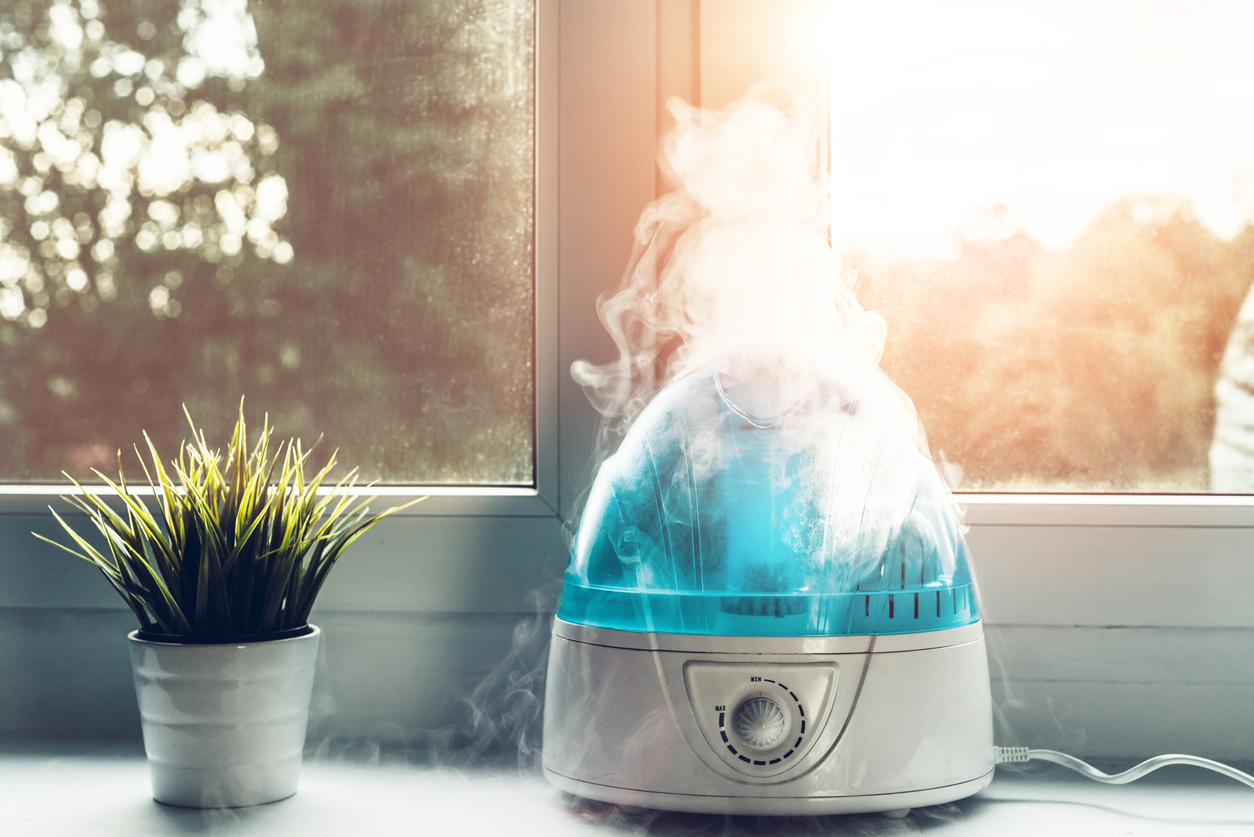
Did you know that the oxygen you inhale in your home can impair your health, property, happiness, and banking information? Many households have low moisture content in the atmosphere, which has been shown to cause a range of problems that can be prevented by simply installing and using a home humidifier. A shortage of humidity in the air can cause breathing diseases, a rise in the frequency of respiratory infections, and an outbreak of diseases. Skin disorders, allergies, and sore throats can all be exacerbated by low humidity levels in the air. Read further if you are finding it difficult to maintain proper humidity levels in your home.
Health in the home
Aside from our own and our loved one’s health, the well-being of our homes may suffer. Foundations may crack early, mold may form, and paint may begin to flake. To make matters worse, not having a whole-house humidifier may be costing you money on your utility bill.
Whole-house humidifiers are designed to improve your comfortability, but if you don’t replace them regularly, they might cause quite so many issues as they cure.
• You can control dampness by regulating the airflow. Condensation can occur when there is a cool environment for water vapor. Because warm air includes more moisture than cold air, air conditioning keeps damp inside air from contact with cold surfaces.
• Employ portable units to prevent the higher ventilation moisture cycle from happening. Rather than a whole-house humidifier, you might use portable humidifiers within every room as required. They must be washed every second day to minimize moisture difficulties. However, this process may aid in more successfully managing the water content.
Attraction to objects
Humidifiers add water to the atmosphere by storing water in a tank. Humidifiers can sometimes produce too much moisture from the air, which compresses nearby items. Additionally, remember that you will need to change the tank with a portable humidifier, so make sure it’s easy to reach.
Flow of air
Humidifiers require adequate airflow to distribute water to the atmosphere evenly. If ventilation is restricted, excess moisture will gather in a confined area. Also, keep your humidifier away from any holes or air vents, as these can cause your moisture readings to be wrong.
The room’s dimensions
What is the area of the site that needs to be humidified? Like a living room, a large area may require installation in a much more central location to guarantee that wetness is evenly distributed throughout the space.
What should you do with your humidifier?
Set up your humidifier in a place that requires moisture. If you have a great residence with an open chart, put your humidifier in a city where individuals like to assemble. This means that if your household spends so much time in the kitchen, you should put your humidifier there.
If you are hesitant about the comparative humidity in your house, you can employ a hygrometer to resolve it. After around 5 minutes, the hygrometer will read its humidity level in the region.
Keep your hygrometer in the same room where you store your humidifier. Since many moveable humidifiers do not comprise a fixed humidistat, they might inform you what the actual humidity stage is in the room.
Is it improved to place the humidifier on a bench or the ground?
A few factors influence whether you position your humidifier on a table, shelf, or floor:
Is the humidifier meant to be used on the floor?
If the humidifier is high or has controls, it will probably be located openly on the soil. A good regulation is that if the humidifier is taller than 2 feet, it should be located on the base.
Acoustics and evaporative humidifiers work differently. Ultrasonic humidifiers, in general, must be set to a high setting to perform properly. If an ultrasonic humidifier is found too close up to the earth, haze droplets may shape on the ground. Heated mist (steam) evaporative humidifiers, on either hand, produce heat, which might be hazardous if a child is around.
Leave a Reply